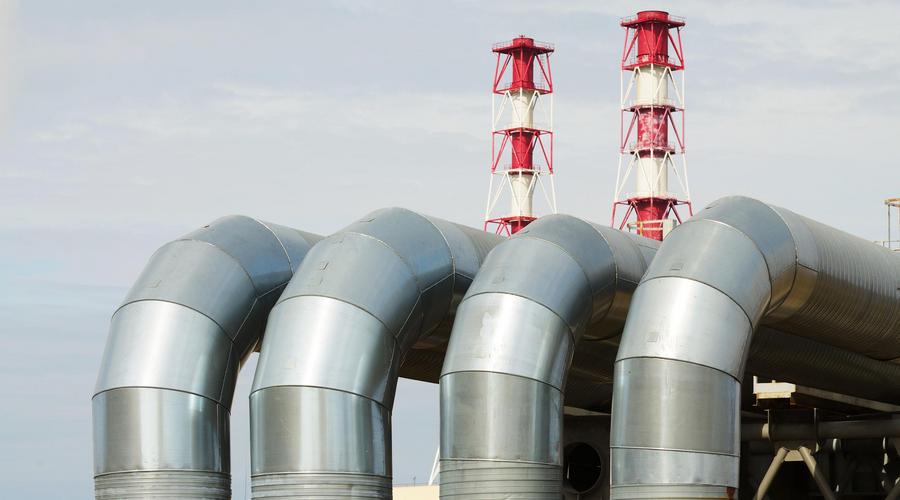Key Challenges
Air travel is a significant contributor to global carbon emissions, and with air traffic predicted to grow over the next two decades, the challenge of decarbonisation is more pressing than ever. As the UK Government's Jet Zero Strategy acknowledges, meeting the 2050 net zero target is "hugely challenging". Aviation stakeholders are navigating obstacles including lack of financial resource, new technology risk, sourcing alternative aircraft fuels, regulatory approval, airport infrastructure, airspace congestion, lack of worldwide environmental policy, integration with other transport modes and community engagement.
Government Interventions
Governments worldwide are playing a key role in driving the transition to sustainable aviation, including contributing to the funding of many sustainable aviation trials. The UK, for instance, has implemented a range of policies and regulations aimed at reducing aviation emissions. Key among these are the UK Emissions Trading Scheme (UK ETS), the Sixth Carbon Budget, the Jet Zero Strategy and the new SAF mandate.
The UK ETS caps carbon dioxide emissions and gradually decreases the allowed emission levels each year. The Sixth Carbon Budget sets a five-year cap on emissions from 2033-2037, including emissions from international aviation for the first time. The Jet Zero Strategy, published in 2022, outlines the UK Government's plan for achieving net zero aviation by 2050. Most recently, the UK has confirmed it will set a sustainable aviation fuel (SAF) mandate on fuel suppliers, requiring them to supply increasing levels of jet fuel from sustainable sources by 2030 and beyond with tradeable certificates with a monetary value.
Alternatives to Jet Fuel
The search for viable alternatives to conventional jet fuel is well underway. Several promising options are emerging.
- Sustainable Aviation Fuels (SAF) are renewable or waste-derived fuels that meet stringent sustainability criteria. They have the advantage of being compatible with conventional jet fuel, requiring minimal adaptation of engines or fuel delivery systems. Despite their higher cost, SAF are already being used by some airlines and supplied by several airports worldwide. The UK government is introducing a SAF mandate as set out above, which will incentivise the growth of this industry.
- Hydrogen is another potential fuel source. Companies like Airbus and ZeroAvia are developing hydrogen-powered commercial aircraft, with the aim of achieving operation by 2035. While the production and transportation of hydrogen present challenges, the Civil Aviation Authority's (CAA) Hydrogen Challenge initiative is aimed at addressing these issues.
- Electric flight, while currently limited by battery weight and size, could be a viable option for short-haul flights in the future. Companies like Ampaire are already testing electric aircraft for short-distance flights.
Decarbonising Airports
Decarbonising airport operations is another critical part of the sustainable aviation equation. The UK Government's Jet Zero Strategy sets an ambition for airport operations in England to be zero emission by 2040. To meet this target, airports are implementing a range of initiatives, including:
- Prioritising environmental benefits during airspace modernisation programmes.
- Replacing fossil-fuelled airport vehicles with electric-powered alternatives.
- Installing electric vehicle (EV) charging points for airport and customer vehicles.
- Improving surface access options to encourage a shift from cars to public transport.
- Installing solar PV panels and other renewable energy projects.
However, the transition to sustainable operations is not without challenges. The cost of adapting facilities to accommodate new fuel sources and different aircraft designs can be significant and there will be constraints in terms of safety, security and planning regulation. Furthermore, the increased electricity demands of green energy solutions can strain existing grids.






